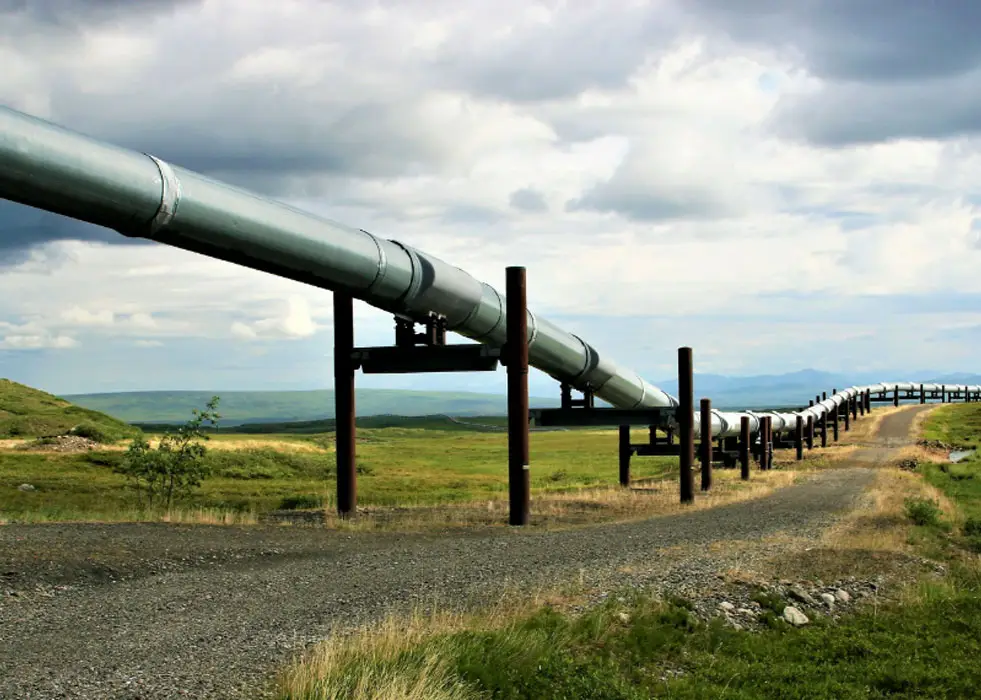Above Ground Markers (AGMs) play a crucial role in modern pipeline inspection and management, providing essential tracking capabilities for Pipeline Managing Companies and ILI (In-Line Inspection) Contractors. Here are some of the most common topics our clients are interested in knowing more about AGMs.
1. Above Ground Markers’ (AGM) Detection Range
AGMs are designed to detect signals from passing pigs (pipeline inspection gauges) within a specified range. This ensures reliable tracking during inspections, typically covering distances relevant to the pipeline’s layout and operational needs.
2. Location Accuracy
Accurate location data is essential for effective pipeline maintenance. AGMs are engineered to provide precise location information, enabling companies to pinpoint the exact position of the pig within the pipeline network.
3. Compatibility with Pigs and Signals
AGMs are versatile, capable of detecting various signals emitted by pigs, including magnetic, acoustic, and RF (radio frequency) signals. Understanding this compatibility helps in selecting the right equipment for different inspection scenarios.
4. Battery Life and Power Options
AGMs are designed for extended operational periods. They typically feature robust battery life, with options for external power sources such as solar panels, ensuring continuous operation even in remote or off-grid locations.
5. Data Communication and Remote Monitoring
AGMs utilize advanced communication technologies such as cellular LTE, satellite, and Bluetooth for real-time data transmission. This capability allows stakeholders to monitor pipeline inspections remotely, enhancing operational efficiency and response times.
6. Environmental Durability
AGMs are engineered to operate in diverse environmental conditions, including extreme temperatures and varying weather conditions. Their durability ensures reliable performance in challenging operational environments.
7. Installation and Configuration
AGMs are designed for straightforward installation and configuration. Companies benefit from user-friendly setup procedures and may require minimal additional tools or software, streamlining deployment efforts.
8. Integration with Pipeline Integrity Management Systems
AGMs support seamless integration with existing pipeline integrity management systems, facilitating efficient data analysis and decision-making processes. This compatibility enhances overall pipeline inspection and maintenance workflows.
9. Storage Capacity and Data Management
AGMs feature ample internal storage capacity, typically utilizing micro SD cards for data storage. Effective data management practices ensure comprehensive data collection during extended inspection runs, minimizing data loss.
10. Maintenance and Support Requirements
AGMs require minimal routine maintenance, supported by comprehensive troubleshooting procedures and 24/7 customer support. This ensures continuous reliability and performance throughout their operational lifespan.
11. Signal Reliability and False Alarms
AGMs incorporate advanced signal processing techniques to differentiate between actual pig signals and potential false alarms or noise. This capability enhances data reliability and accuracy during pipeline inspections.
12. Additional Features and Accessories
AGMs offer a range of optional accessories such as external antennas and geophones, enhancing their versatility for specific inspection requirements. These features can be tailored to meet diverse operational needs effectively.
In a nutshell, AGMs represent a critical component of modern pipeline inspection and maintenance strategies. By addressing these common topics, Pipeline Managing Companies and ILI Contractors can make informed decisions to optimize their inspection processes and ensure the integrity and safety of their pipeline networks.



